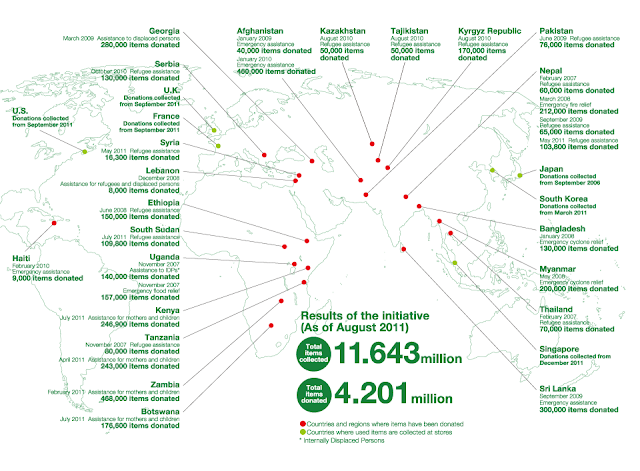1. Design to minimise waste
2. Design for recycling/upcycling
3. Design to reduce chemical impact
4. Design to reduce energy and water use
5. Design that explore clean/better technology
6. Design that looks at models from nature & history
7. Design for ethical production
8. Design to replace the need to consume
9. Design to dematerialise and develop systems and service
10. Design activism
http://www.tedresearch.net
I list TED's TEN here for not to forget it.
These ideas could all used for how today's graphic design should be like. Especially graphic design that we could see in daily life is advertisement printed on paper which consumes a lot of material. I think all graphic designers should consider how those ads could be sustainable since most of them are dumped after they finished their job. Graphic design could also seen on TV commercials which has a huge influence to the audience. It could be a good chance to tell how sustainable design is important to many people. At the same time when we solve design brief, I'd like to think how I could combine the idea of sustainability together.





















